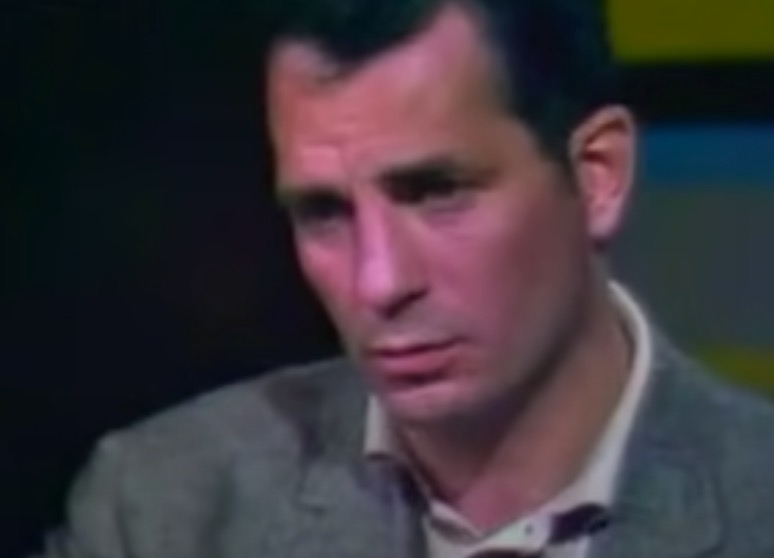The past has a way of lingering in our minds, wrapped in the warm haze of nostalgia. These faded memories bring those feelings to life, capturing the spirit of yesteryears with all their charm, quirks, and unforgettable moments. From candid snapshots of everyday life to scenes that defined entire generations, these photos transport us to a time when the world felt both simpler and full of possibility. Each image tells a story of a moment long gone but not forgotten, inviting us to reconnect with the beauty, struggles, and joys of the past. Get ready to take a heartfelt journey through time!
A Decade of Loss
The 1960s were a decade marked by profound loss, as several influential leaders were tragically assassinated. The deaths of President John F. Kennedy in 1963, Malcolm X in 1965, Martin Luther King Jr. in 1968, and Senator Robert F. Kennedy in 1968 sent shockwaves of devastation and ennui through the nation and the rest of the world. These assassinations profoundly impacted the political and social landscape of the decade, leaving a sense of mourning and uncertainty.

Getty Images
Social Change Was The Name of the Game
The 1960s were a time of significant social change, and one of the most impactful shifts was the sexual revolution. This movement challenged traditional norms and taboos surrounding sex and relationships, advocating for greater sexual freedom and the rejection of conservative values. The introduction of the birth control pill in 1960 played a crucial role in this revolution, giving women unprecedented control over their reproductive health. The sexual revolution also intersected with the feminist and LGBTQ+ rights movements, contributing to a broader redefinition of gender roles and personal freedom.

Getty Images
The Beat Generation
The Beat Generation, which began in the late 1940s and 1950s, continued to influence the cultural landscape of the 1960s. Writers like Jack Kerouac, Allen Ginsberg, and William S. Burroughs challenged conventional literary forms and explored themes of existentialism, spirituality, and rebellion against societal norms. Their works resonated with the emerging counterculture of the ‘60s, inspiring a generation to seek alternative lifestyles and question the status quo.

Getty Images
Auteurs Took The Cinemas
The 1960s saw a shift in cinema, with a new wave of anti-establishment films that broke away from the traditional Hollywood formula. Directors like Stanley Kubrick, Mike Nichols, and Dennis Hopper created films that challenged societal norms, explored complex characters, and addressed controversial themes while moving away from Hollywood’s star system. Movies like Dr. Strangelove, The Graduate, and Easy Rider became cultural touchstones, reflecting the changing attitudes of the time and paving the way for the more experimental and independent films of the 1970s.

Getty Images
The Growing Suburbs
The post-war boom of the 1950s continued into the 1960s, with suburban America expanding rapidly as more families sought the American dream of homeownership. Suburbs epitomized middle-class prosperity, with neatly manicured lawns, modern appliances, and a sense of community. However, the suburban expansion also contributed to the growing divide between urban and suburban life, with racial segregation and environmental concerns becoming more pronounced. The ‘60s were when the ideal of suburban living was celebrated and critically examined, reflecting broader societal changes.

Getty Images
